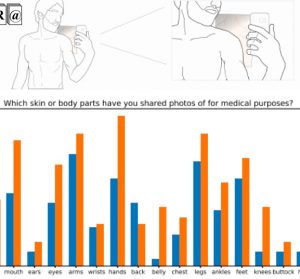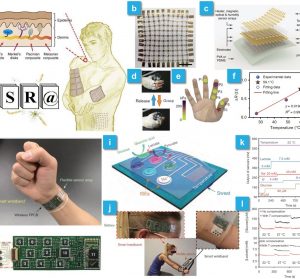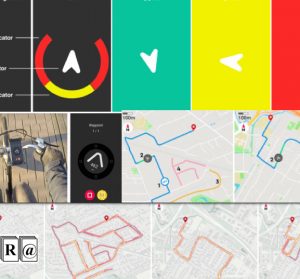Medical Selfies: Emotional Impacts and Practical Challenges
ABSTRACT Medical images taken with mobile phones by patients, i.e. medical selfies, allow screening, monitoring, and diagnosis of skin lesions. While mobile teledermatology can provide good diagnostic accuracy for skin […]
Medical Selfies: Emotional Impacts and Practical Challenges Read More »










